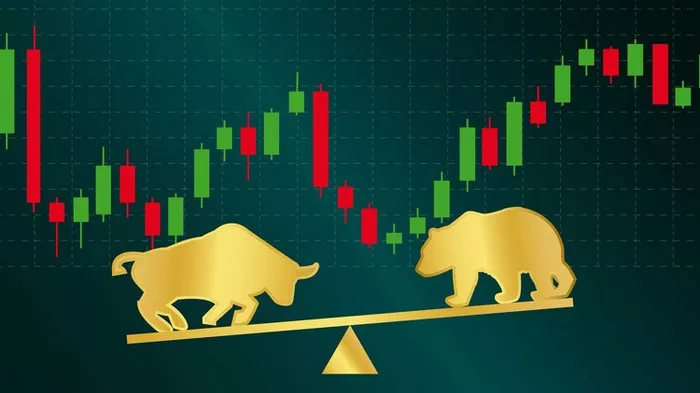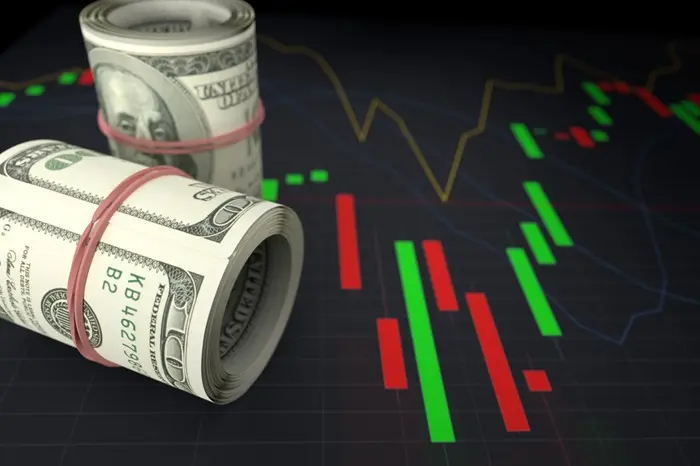Bitcoin’s price dropped below $90,000 on Monday, marking its lowest level in two months. This decline is primarily attributed to concerns about the Federal Reserve potentially delaying interest rate cuts. Broader macroeconomic factors, such as persistent inflation and fears of stagflation, have also weighed on the cryptocurrency market, adding to the negative sentiment.
As of writing, Bitcoin was trading just above $93,000, though it had fallen more than 9% over the past week. This drop follows Bitcoin’s record-breaking surge above $108,000 in December, which prompted many investors to take profits.
Investor Sentiment and Market Conditions
James Toledano, Chief Operating Officer at Unity Wallet, noted that Bitcoin’s volatility is nothing new, especially after a significant price increase. He explained that the current drop is likely the result of profit-taking behavior, which is typical after a substantial rally.
Toledano pointed to several macroeconomic conditions that have been unfavorable for Bitcoin and other speculative assets. Sticky inflation and strong economic data have led the Federal Reserve to adopt a cautious stance on rate cuts, which in turn curbed liquidity. These conditions have dampened investor appetite for assets like Bitcoin, leading to short-term volatility.
Stagflation Fears and Political Uncertainty
In addition to concerns about inflation and the Fed’s policy, Toledano highlighted fears of stagflation, which could create further challenges for the cryptocurrency market. Political uncertainty, especially surrounding President-elect Donald Trump’s upcoming policies, has also contributed to market caution.
Toledano suggested that the price drop should be seen as part of Bitcoin’s inherent volatility and not as an indication that the bull run has ended. He pointed out that Bitcoin has experienced corrections before and is likely to rebound once market conditions stabilize.
Potential for a Renewed Bull Run
Looking ahead, Toledano believes that the inauguration of President-elect Trump, just seven days away, could be a turning point for the market. Markets are hopeful that the new administration will announce pro-crypto policies that could reignite buying interest and trigger a new rally.
Institutional accumulation, indicated by falling exchange reserves, also suggests that demand for Bitcoin remains strong despite the current market correction. Toledano explained that if Trump’s policies align with market expectations, Bitcoin could regain its bullish momentum. However, any disappointments or unforeseen shocks could prolong the current consolidation or lead to further price corrections.
Conclusion
Bitcoin’s recent drop reflects broader economic concerns, but it also highlights the cryptocurrency’s typical volatility. Investors should be cautious but remain optimistic that market conditions and political developments may soon provide new opportunities for growth. As always, Bitcoin’s price could rebound sharply if positive developments unfold, but further corrections are also possible if external factors disrupt the market.
Related topics:

























